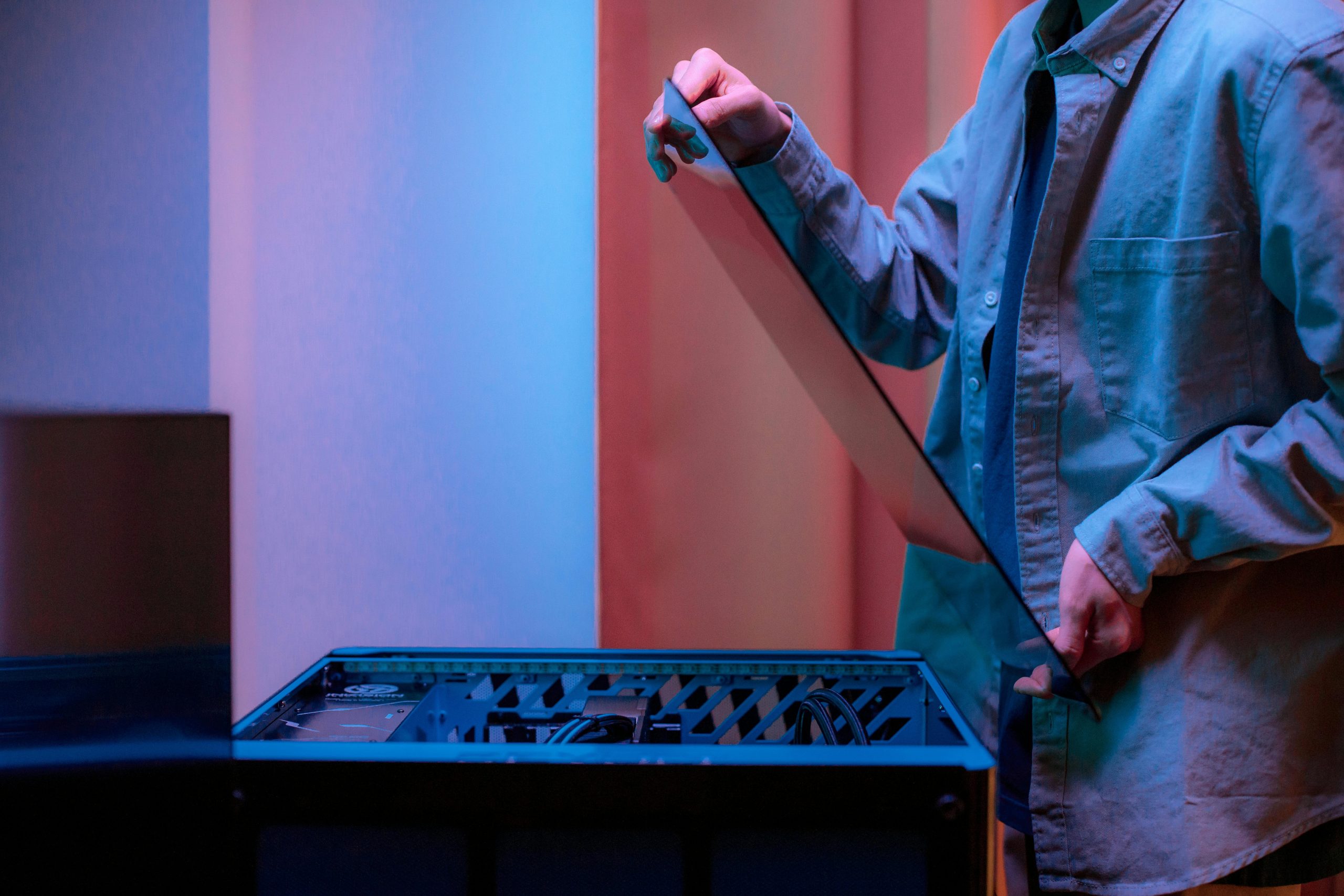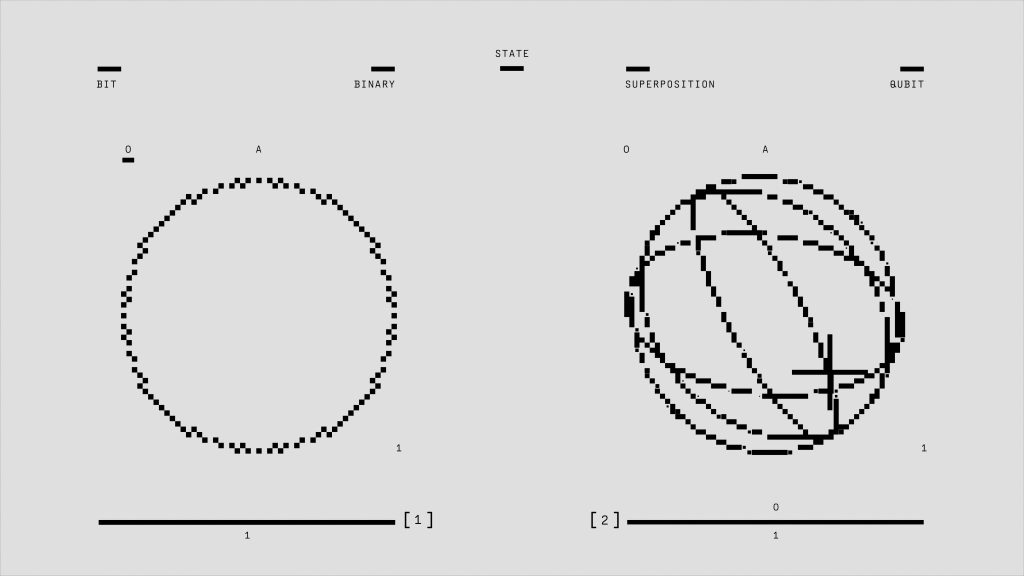Building Your First Gaming PC: A Comprehensive Look at Your Hardware Setup
Embarking on your first custom PC build is an exciting milestone, especially when aiming to create a gaming machine capable of handling strategy titles, role-playing games, and story-driven experiences. While the process may seem daunting at first, careful planning and research can help ensure your build is both compatible and future-proof. In this article, we’ll review your chosen components, offer insights, and highlight key considerations for optimizing your gaming rig.
Understanding Your Build Components
You’ve selected a well-rounded set of components, tailored for high-performance gaming and content management. Here’s a detailed overview and some points to consider:
Processor (CPU): AMD Ryzen 9 7900X
- Performance: This 12-core, 4.7 GHz processor is excellent for gaming, streaming, and multitasking.
- Tip: Ensure your motherboard BIOS is updated to support this CPU out of the box.
CPU Cooler: Thermalright Phantom Spirit SE
- Cooling Efficiency: A good air cooler that maintains optimal temperatures.
- Consideration: Verify that the cooler’s height fits your case and that it provides adequate cooling for overclocking if you plan to do so.
Motherboard: MSI MAG B650 TOMAHAWK WIFI
- Features: Support for DDR5 RAM, PCIe 4.0, and Wi-Fi connectivity.
- Tip: Double-check compatibility with your CPU and other peripherals, and confirm the BIOS version supports your Ryzen processor.
Memory: Corsair Vengeance RGB 32GB DDR5-6000
- Performance: Plenty of RAM for gaming, multitasking, and applications requiring high bandwidth.
- Note: Enabling XMP profile in BIOS will ensure you run RAM at its advertised speeds.
Storage:
- Primary: Western Digital WD_Black SN850X 2TB NVMe SSD
- Fast load and boot times, suitable for games and OS.
- Secondary: Seagate IronWolf 8TB HDD
- Ideal for storage of large game libraries, media files, and backups.
Graphics Card: Asus PRIME OC Radeon RX 9070 XT 16GB
- Performance: A robust GPU for 4K gaming and graphically intensive titles.
- Advice: Ensure that your power supply can handle the GPU’s power draw and additional system components.
Case: NZXT H9 Flow (2023)
- **
Share this content:



